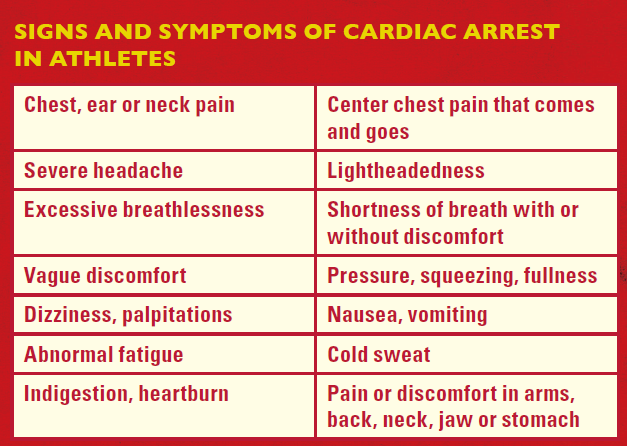Fordham University athletic trainer Bridget Ward watched from the dugout as shortstop Sarah Taffet rounded first base and collided into the opposing team’s player who was tagging her out. It wasn’t the hardest tag, but Ward could tell something was wrong as Taffet struggled to get up.
“I could tell something was wrong with her face,” said Ward, MPS, ATC who is in her fourth year with the team. “The way she stood up and stared blankly, like the lights were on but no one was home. I could see her skin turning gray.”
Taffet struggled to her feet and, as she jogged back to the dugout, she collapsed at home plate. Ward sprinted toward her, thinking she had a concussion. Little did Ward know that Taffet’s condition was much worse.
Five days before the tournament in New Jersey, Ward learned there would be no AT and no ambulance in attendance to provide medical care to her team that was playing at Branch Brook Park, a public softball facility.

“I talked to my coach and school administrator and told them that at that point I was not comfortable setting this team off with no medical coverage,” Ward recalled. “I grabbed all the medical equipment, our splint bag and AED, and stuck it in the bag.”
As the team got off the bus, Taffet told Ward that there was so much equipment she needed more hands to carry it all. So, Ward assigned Taffet to carry one of the bags.
“I’m a senior why am I carrying it?” Taffet complained to Ward. “Why can’t a freshman?”
As it would turn out, Taffet carried the machine that would save her life later that day.
“My heart was beating out of my head,” Ward said as she turned Taffet over onto her back. “That’s when we realized she had stopped breathing.”
Taffet did not have a pulse. Ward told one of her students to bring the AED that was in her equipment bag. At the same time a nurse, a physician's assistant and an anesthesiologist, who were in the stands, rushed to home plate to help. As someone administered chest compressions, Ward turned on the AED and told one of the parents to call 9-1-1. Then Ward administered the shock.
“The quicker you get it on the better chance of survival,” Ward added. “Within two minutes of shock, its 85% chance of survival. Every second counts.”
February is American Heart Month and according to the American Heart Association’s Heart Disease and Stroke Statistics—2022 Update, sports-related Sudden Cardiac Arrests (SCA) accounted for 39% of SCAs among those <18 years of age and 13% for those 19-25 years of age. The American College of Cardiology estimates that approximately 100 to 150 sudden cardiac arrests, resulting in sudden cardiac death (SCD), occur in competitive sports each year in the United States.
After more chest compressions, Taffet was able to breathe on her own again. She was taken to a local hospital, recovered and underwent testing that determined Taffet had a congenital heart defect. Doctors performed open heart surgery and Taffet recovered with a new lease on life and a new appreciation for the CPR and AED training athletic trainers have to take.
“Sarah (Taffet) didn’t realize how important it was to have medical coverage at games,” said Ward, who recently became certified to teach CPR and AED training and plans to teach her entire team this year. “She’s a big advocate getting an AT everywhere. There are some people that see us as booboo fixers. I think having an AT everywhere we can get them, is imperative. In my opinion it’s just as important as if you had a paramedic there. We know what we know when we see it.”
Download our infographics on cardiac arrest:
